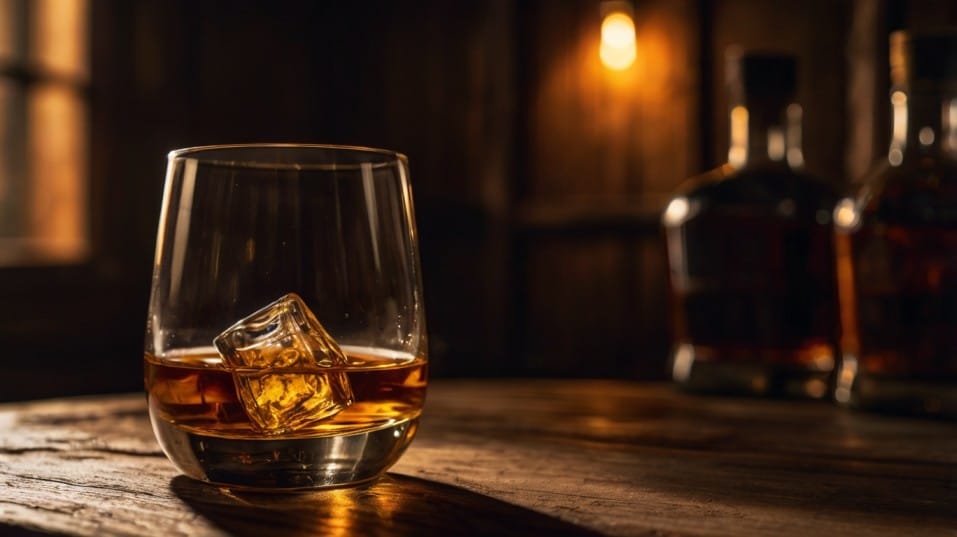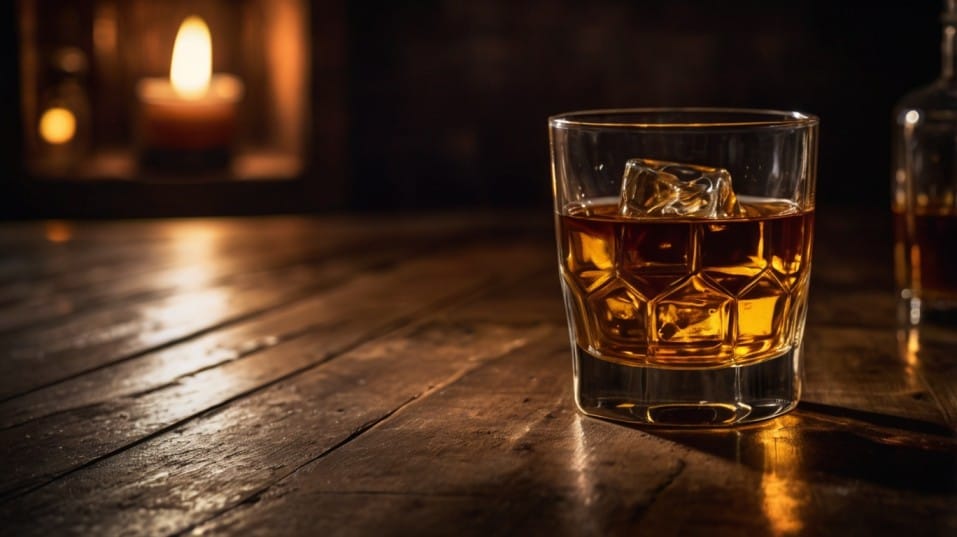What Does "Finish" Mean in Whiskey?
Curious about whiskey’s “finish”? Learn why it matters, how it develops, and how to taste it like a pro—so you drink smarter, not just stronger.

Ever wonder why some whiskeys leave you thinking long after the last sip? That lingering warmth, that evolving flavor—welcome to the finish. It’s the part beginners overlook but pros obsess over.
Not just an afterthought, the finish reveals a whiskey’s true character. If you’re starting your whiskey journey, this is where the real tasting begins—and where your palate starts to level up.
What Exactly Is the Finish?
In whiskey tasting, the “finish” is the aftertaste that lingers once you’ve swallowed (or spit, if you’re tasting professionally). It can last a few seconds or stretch into minutes.
The flavors that show up here aren’t always the ones you got on the nose or palate. Sometimes they're deeper, darker, or completely unexpected. A whiskey can start fruity and clean, then suddenly leave you with char, spice, or an earthy bitterness.
Some finishes are long—those are usually prized. But length alone isn’t enough. A long finish with harsh alcohol heat isn’t impressive—it’s just sloppy.
A short finish that wraps up clean and satisfying? That might still be excellent. What you’re looking for is balance, evolution, and character.
This is where whiskey stops being just flavor and becomes experience. A good finish doesn’t repeat the palate—it tells a final story, maybe even reveals the truth about the whiskey that the first sip didn’t.

How the Finish Develops in a Whiskey
The finish doesn’t magically appear in the glass. It’s the result of deliberate choices made during distillation, aging, and blending.
Understanding what shapes a finish helps you read between the lines of a bottle—and avoid wasting your money on pretty labels with flat results.
Cask Influence
The barrel is where a whiskey develops most of its flavor, and the finish is no exception. Different woods, different previous contents, and even the size and age of the barrel affect how a finish unfolds.
- American Oak (often used for bourbon) tends to deliver vanillas, coconut, sweet spices.
- European Oak, especially ex-sherry casks, leans into dried fruit, nuttiness, and tannins that stretch the finish and give it grip.
- Refill casks (used more than once) can yield softer, more subtle finishes—sometimes too subtle, if the cask is exhausted.
- Peated malts, especially those aged in less active casks, often bloom on the finish. You may not taste the smoke up front, but it creeps in at the end.
Cask-finishing (where whiskey is moved into a second type of barrel for a few months or years) is another layer. A bourbon finished in a port pipe or rum barrel might carry extra sweetness or richness that shows up primarily in the finish.
Distillation Style
The way a whiskey is distilled determines the kind of compounds that make it into the bottle. Higher cuts and more copper contact generally produce lighter, cleaner spirits that may have a crisp, dry finish.
Lower cuts (closer to the tails of the distillation) result in heavier, oilier spirits. These often carry deep, lingering finishes—but if handled poorly, they can also feel muddy or cloying.
The distiller’s cut point—the decision on where to stop collecting the "heart" of the run—has a direct impact on how long and how rich the finish will be. It’s not about right or wrong. It’s about precision and intent.
Mouthfeel and Texture
A whiskey’s body plays a huge role in how its finish feels. Rich, viscous whiskeys tend to “stick” to your palate longer, extending the sensory experience.
Thinner-bodied whiskeys may exit quickly, even if their flavors are good. Fatty acids, esters, and certain congeners (flavor compounds) all contribute to this cling, and they’re affected by fermentation, distillation, and even the shape of the still.
Tasting the Finish Like a Pro
If you’re not actively focusing on the finish when tasting, you’re missing the most valuable part of the whiskey.
Here’s how to lock in on it:
- Sip slowly and let the whiskey coat your mouth.
- Swallow, then stop. Don’t immediately take another sip.
- Breathe gently through your nose. This reactivates some of the volatile compounds and helps you detect aroma and flavor even after the liquid is gone.
- Pay attention to how the flavors evolve. Are they intensifying? Fading? Shifting into something else entirely?
- Note the duration. Does the finish last five seconds or fifty? Does it vanish or hang with clarity?
You’ll also want to note where you feel the finish. Is it in your chest (a warming Kentucky hug)? In your throat? On your tongue? Some finishes crawl; some explode. Some whisper; some shout. What matters is that you notice.
Reading Between the Bottles
Once you get a handle on how finish works, you’ll start making smarter picks. Tasting notes that mention a “long finish of oak and spice” or a “dry, tannic close” actually start to mean something.
More importantly, you’ll know what you like—which makes it easier to buy with purpose instead of guessing off ratings or price tags.
For collectors, finish helps separate hype bottles from genuinely well-made whiskey.
You’ll know a bottle is more than just a pretty label or limited release when the finish lingers in a way that makes you sit back and think. That’s value. That’s collectibility.
Final Thoughts
Finish isn’t a bonus feature—it’s the real deal. It’s the part of whiskey that stays with you, long after the glass is empty.
Whether you’re building a collection, developing your palate, or just trying to drink better, paying attention to the finish gives you a sharper edge.
So here’s your move: pick a whiskey—any one you’ve got on your shelf. Pour it, taste it, then wait. Don’t just chase the burn or the buzz. Hunt down the last note. Find what lingers. That’s the good stuff.
Start there. Build from that. Everything else in whiskey starts to make sense once you know how it ends.




